Where Is Asia’s Two Largest International Gem Trading Hubs?
Where Is Asia’s Two Largest International Gem Trading Hubs?
Let's explore how geological factors relate to the current market situation.
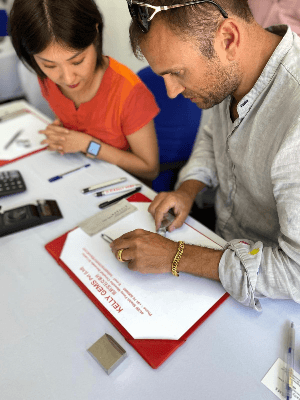
Currently, there are two significant international gemstone trading hubs in Asia: Thailand and Sri Lanka. Let’s explore the fascinating gemstone industry and the professional geological factors behind it.
Thailand
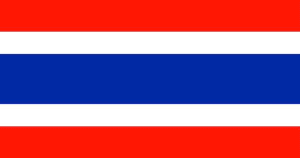
Thailand has a long-standing history in the gemstone trade, dating back several centuries, particularly in the eastern provinces of Chanthaburi and Trat. Here are some key development phases in Thailand’s gemstone industry:
14th–15th Century (Ayutthaya Kingdom Period)
During the Ayutthaya Kingdom (1350–1767), Thailand began mining and trading gemstones, mainly rubies and sapphires, especially Burmese rubies and local Thai sapphires. These gems were used as ornaments for nobility and traded for spices and silk with China, India, and the Arab world along the Silk Road.
Gem Industry Formation - Late 19th to Early 20th Century
Rich gemstone deposits were discovered in Chanthaburi and Trat, leading to a surge in mining activity.
Geology and Gemstone Types in Thailand
Thailand’s sapphires are mostly formed in igneous environments, particularly in basaltic terrains. The sapphires are mainly secondary deposits from weathered basalt rock and are found in river alluvium.
* Most are basaltic sapphires, deep blue in color, with dense crystal structures and higher iron content, making them ideal for heat treatment.
* The development of local cutting, polishing, and design techniques also grew with the darker-toned sapphires and rubies.
International Growth – Post-1970s
Since the 1970s, Thailand has become one of the world’s leading gemstone processing and trading hubs, especially in Bangkok. Due to export restrictions from Myanmar, many Burmese gems are processed and resold in Thailand. Chanthaburi also emerged as Southeast Asia's largest gemstone processing and trading hub.
Thailand is renowned for its gem heating and cutting techniques, particularly with rubies, emeralds, and semi-precious stones.
Major Gem Markets and Events in Thailand
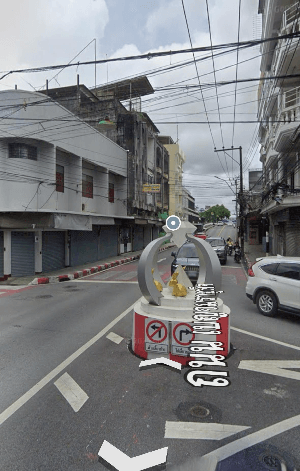
1. Chanthaburi
With a strategic location near Cambodia and Myanmar, Chanthaburi facilitates gem trading and processing. The local market, called Talad Ploy in Thai, is open every Thursday to Sunday, centered around Si Chan Road (known as “Gem Street”) and Tessaban Road. The Chanthaburi Gem and Jewelry Festival is held annually, attracting international buyers and sellers.
Market Days: Thursday – Sunday
Time: 10:00 AM – 5:00 PM
Broker Fee: 5–10%
Table Rental: 500–1000 THB/table
Transport: From Bangkok, approx. 500 THB/person or 3000–4000 THB/car
2. Bangkok
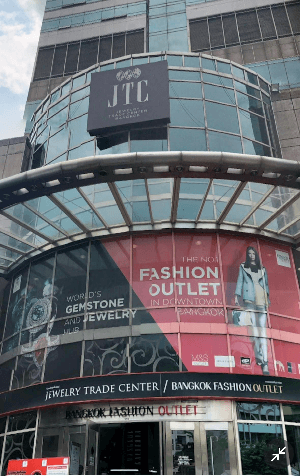
Mainly concentrated along Silon Road, particularly near JTC (Jewelry Trade Center Thailand), State Tower Building, and Golden Plaza. Most gem buyers visit from Monday to Thursday.
The Bangkok Gems & Jewelry Fair held in March and September is one of Asia’s largest gem exhibitions.
The Bangkok Gems & Jewelry Fair held in March and September is one of Asia’s largest gem exhibitions.
Market Days: Monday – Saturday
Time: 10:00 AM – 6:00 PM
Sri Lanka
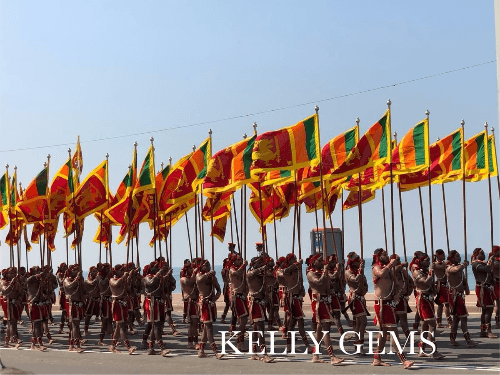
Sri Lanka is home to some of the world’s finest sapphires. The famous sapphire ring worn by the late Princess Diana, and later by Princess Kate, came from Sri Lanka. The country still possesses rich gemstone reserves and remains an active mining nation.
Known historically as the “Island of Gems” (Ratna Dweepa), gemstone mining and trading in Sri Lanka dates back thousands of years.
Historical Development
Ancient Period (Before 1000 BCE)
Gemstone mining in Ratnapura ("City of Gems") is believed to have started over 2500 years ago. Ancient texts like the Mahabharata and accounts from travelers like Marco Polo describe Sri Lanka as a rich source of sapphires, rubies, garnets, and moonstones.
Ancient International Trade (5th BCE–10th CE)
Sri Lankan sapphires were popular during the Roman Empire, transported by Arab and Persian merchants into Europe. Chinese Tang Dynasty texts also mentioned gems from the “Lion Kingdom” (Sri Lanka).
Arab-Islamic Period (7th–13th Century)
Arab merchants traded spices and gems via Sri Lanka, which became a vital node in the Indian Ocean trade network.
Colonial Period (Post-1505)
Sri Lanka was colonized by the Portuguese (1505), Dutch (1658), and British (1796). Gems became major exports, and the British organized systematic mining and export to Europe. Many sapphires in the Victoria and Albert Museum in the UK are from Sri Lanka.
Geological Background
Sri Lanka lies on a stable Precambrian craton, with no active volcanism, allowing gem preservation over millions of years. The island features metamorphic, igneous, hydrothermal, and sedimentary processes, leading to diverse gem types.
High-Grade Metamorphic Belt
Over 90% of Sri Lanka’s geology consists of Precambrian metamorphic rocks (>540 million years old), including: Gneiss, Granulite, Amphibolite, and Marble, which provide ideal pressure and temperature conditions for gem formation.
Gem Formation Processes
Regional Metamorphism (High pressure & temperature): Sapphires, rubies, spinels, garnets
Hydrothermal Processes: Topaz, quartz, zircon
Magmatic Differentiation: Moonstone, cat’s eye
Secondary Deposits (Alluvial): Nearly all gem types
Types of Deposits
Alluvial Deposits: Found mainly in the Ratnapura river valley, offering low-cost, high-yield mining.
Primary Deposits: Gems found in parent rocks (metamorphic or pegmatite); harder to mine but may yield high-quality gems.
Gem Bearing Belts: Located on the Indian Plate, the Highland Complex and Southwestern Complex are key gem-producing areas.
Modern Gem Trading Markets in Sri Lanka
1. Ratnapura
The main trading hub for raw gemstones from local mines. Sells sapphires, chrysoberyl, star sapphires, garnets, moonstones, spinels, etc.
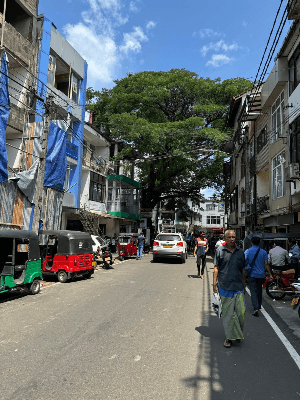
Market Days: Monday to Sunday
Time: 10:00 AM – 3:00 PM
Location: Near Counvil Ave Road
*Features a strong brokers and agents culture.
* Government Gem Authority branch available for gem testing.
2. Beruwala
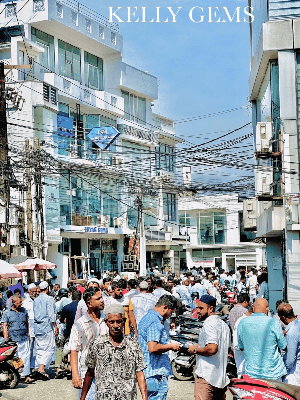
Currently the largest and most mature gem trading market in Sri Lanka. Offers a wide variety of gems, including those imported from Madagascar, Tanzania, East Africa, etc.
Examples: Mahenge’spinels (Tanzania), Tsavorites (Kenya & Tanzania), cobalt spinels (Tanzania & Madagascar)
Major stones: Various sapphires, Padparadscha sapphires, chrysoberyl, star sapphires, Mahenge’ spinels, tsavorites, aquamarine, garnets, etc.
Market Days: Monday-Thursday, Saturday & Sunday (closed Friday for Muslim prayer)
Time: 12:00 PM – 5:00 PM
Location: Along China Fort Road and surrounding streets
* Features a strong broker and agent culture and home to more than 20 gem labs, including: EGLab, Guild (America), GIC, GGTL, AGL, CGTL, CGL(China), etc.
Government Regulation and Export Policy
Sri Lanka has strict export regulations for gemstones. For purchases exceeding USD $10,000 or not typical of a tourist purchase, legal customs declaration is required. Smuggling gems out of the country is illegal.
* For more information about customs and legal procedures, refer to other articles by Kelly or contact her directly.
*This article was written by Kelly. If you wish to share or copy the content, please be sure to credit the author.
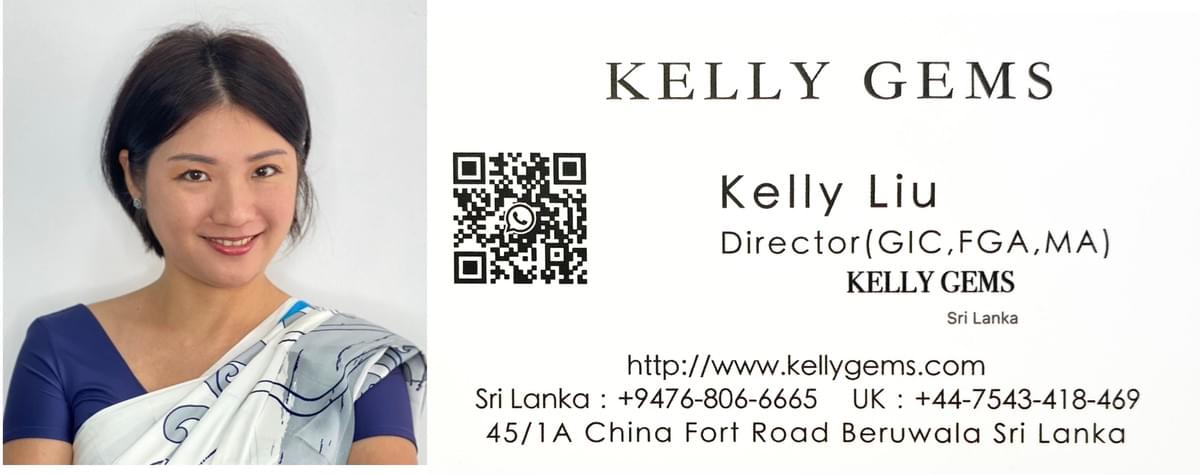
Author
Kelly Liu
- With nearly a decade of gem brokerage experience in upstream Sri Lanka,
- GIC (Wuhan University of Geosciences, China),
- FGA (Gem-A, UK),
- Master in Luxury Jewelry Management from Birmingham City University, UK.
She has published solo academic research in the field of gemology in professional journals of Gem & Gemmology which publisher is China University of Geosciences.

